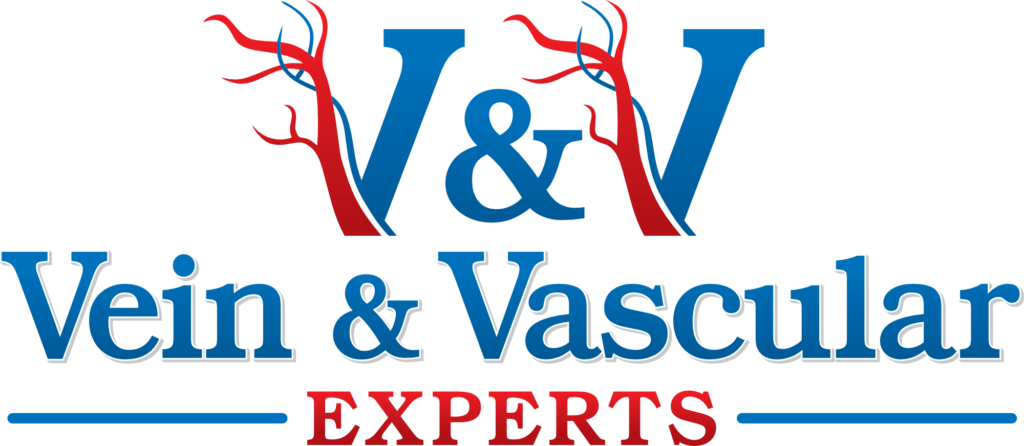Stroke Prevention
Think F.A.S.T
75% of stroke symptoms involve “F“acial drooping on one side, “A“rm weakness or paralysis on one side or “S“peech issues involving either the clarity of what is being said or the content of what is being said. If any one of these symptoms are occurring, “T“ime is of great importance-getting the person to the hospital in rapid fashion allows doctors to use different techniques to reverse or minimize the effects of the stroke. At Vein & Vascular Experts, we focus on monitoring risk factors that increase stroke risk, screen people that are at high risk, and treat carotid plaque (a common cause of stroke) before strokes can happen.

Stroke Prevention Q & A
What is carotid disease (Stroke)?
As we age, deposits of cholesterol, fat and blood cells accumulate throughout the arteries of our body. These deposits are called atherosclerotic plaque. Often, plaque accumulates within the carotid arteries in the neck. As these plaques grow, they become increasingly unstable and eventually break apart sending plaque from the carotid artery to the smaller arteries of the brain. The smaller arteries get blocked and cannot send blood to part of the brain. Without blood, that part of the brain stops working, which causes a stroke. Some signs of stroke are a drooping face, weakness in an arm or leg, short-term blindness in one eye, and trouble speaking.
Who is at risk?
Stroke is an extremely debilitating event in a person’s life. Although strokes are more prevalent in older people, they can occur at any age. Each year, more than 795,000 people in the United States have a stroke. It is the 5th leading cause of death in the United States and is the most common cause of disability in older adults. Although there are different causes of stroke, ischemic strokes (those caused by brain arteries becoming blocked from plaque) account for over 85%. Therefore, it is important to identify high-risk people and treat them before symptoms occur. Risk factors for the development of stroke include people with high blood pressure, high cholesterol, and diabetes. The risk of stroke has also been found to be increased in people with peripheral artery disease (blockages of the arteries in the leg) and coronary heart disease (blockages of the heart arteries).
How to diagnose carotid disease?
It is better to diagnose carotid disease before symptoms arise. Diagnosis is made by an ultrasound that evaluates the blood flow within the carotid arteries. Sometimes, a CT angiogram (CAT scan with dye) is performed to evaluate the carotid arteries. The amount of plaque can be evaluated and is expressed as “percent stenosis (narrowing).” The higher the percentage of stenosis, the higher the risk of having a stroke.
How is carotid disease treated?
Carotid disease is treated with a surgery called endarterectomy or with carotid artery stenting. When surgery is performed, an incision is made in the neck, the plaque is physically removed from the carotid artery, and the artery is closed with a patch. When carotid stenting is performed, x-ray imaging is used to guide a stent (metal tube) through an IV placed in the carotid artery that is used to “trap” the plaque so that pieces of the plaque are prevented from traveling to the arteries of the brain. The doctor will evaluate you to recommend which form of treatment is best suited for your situation.
